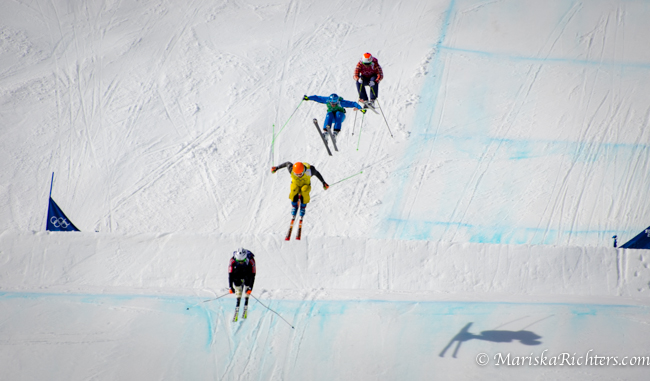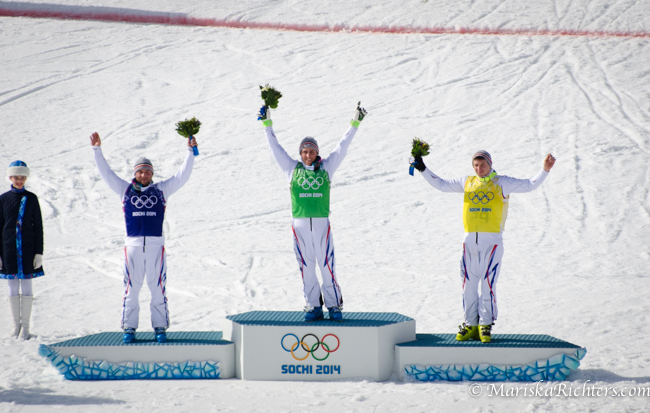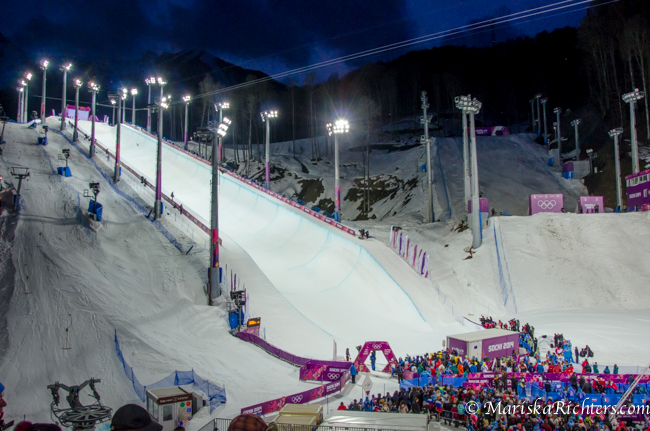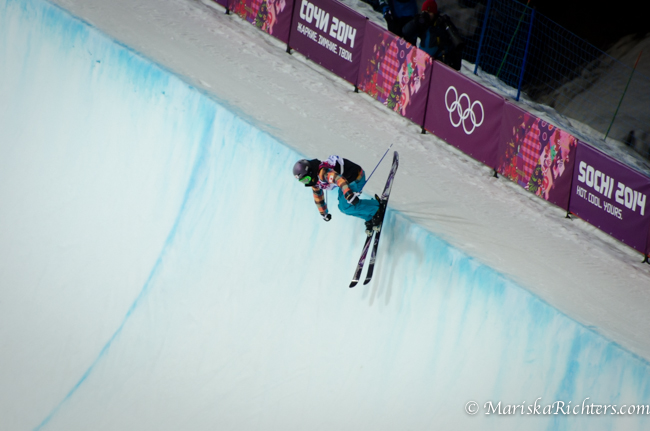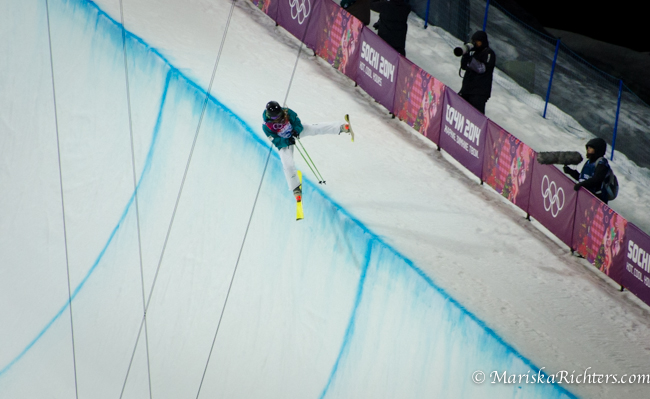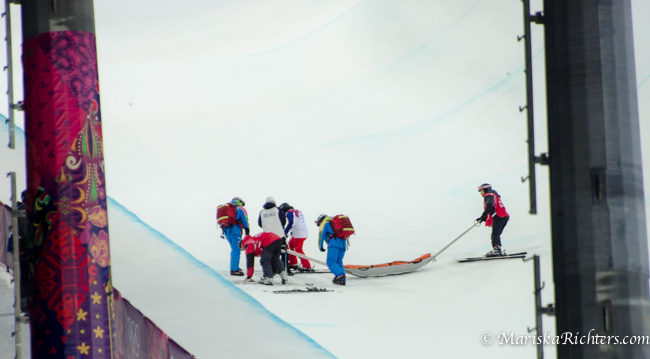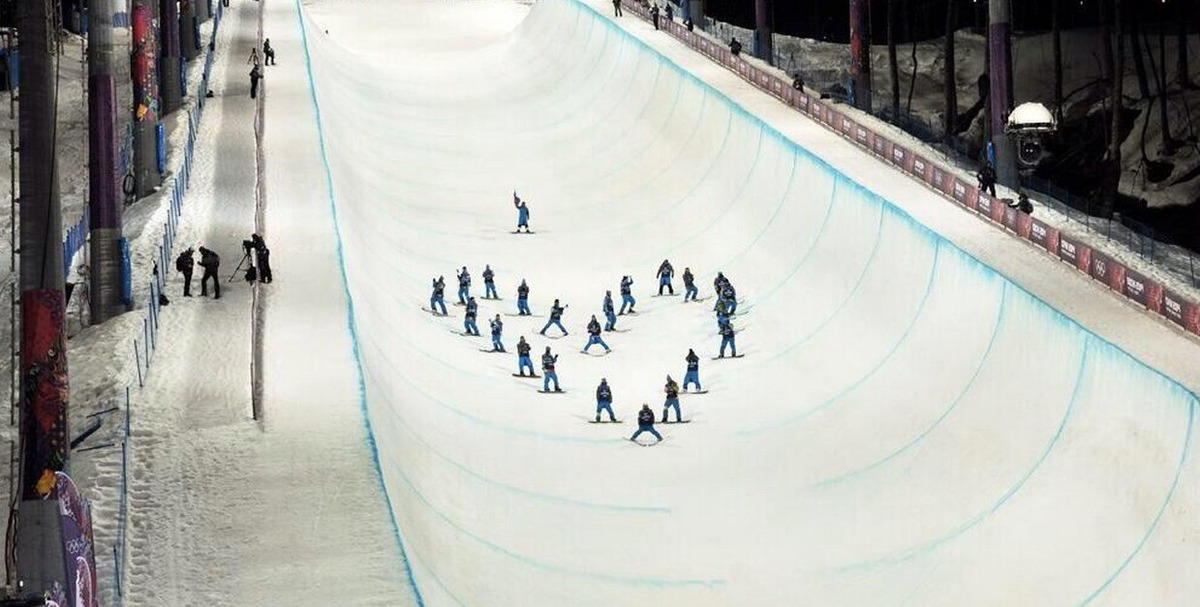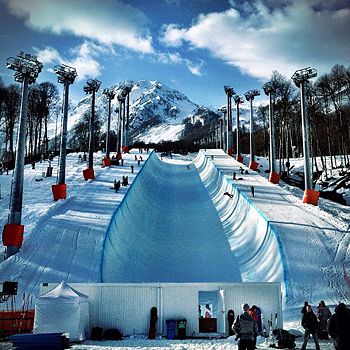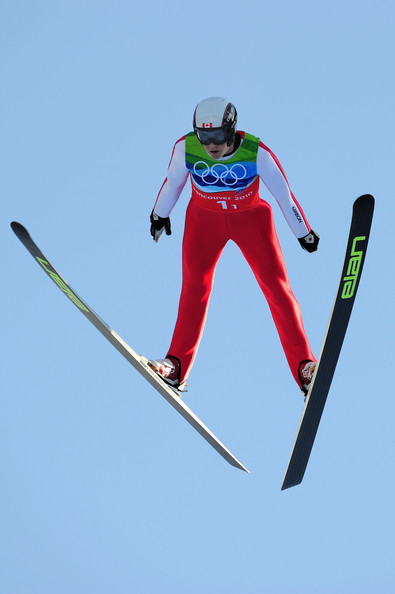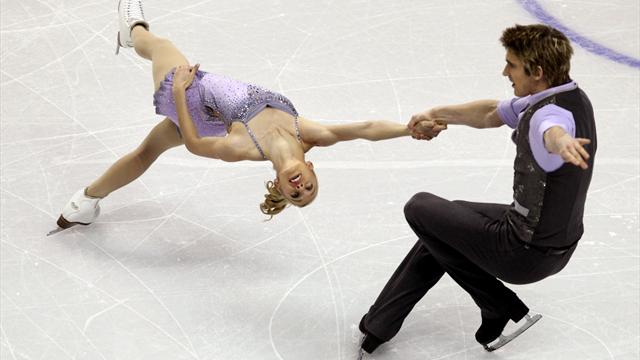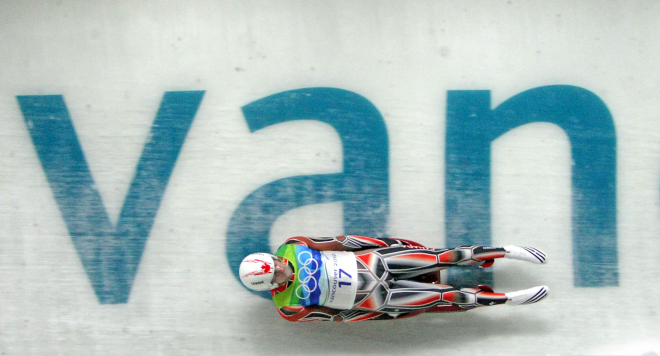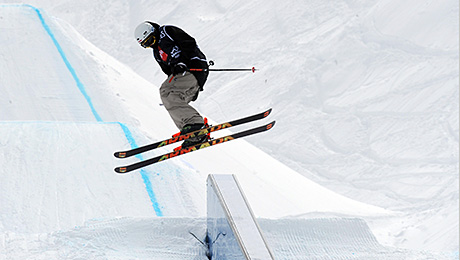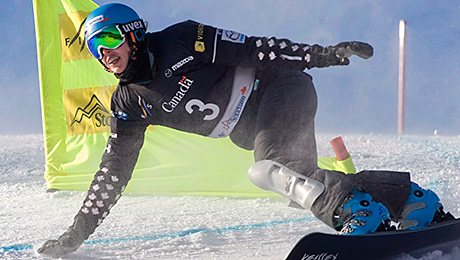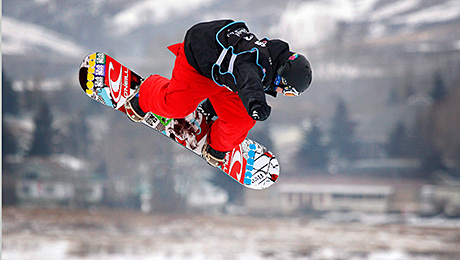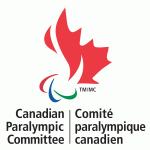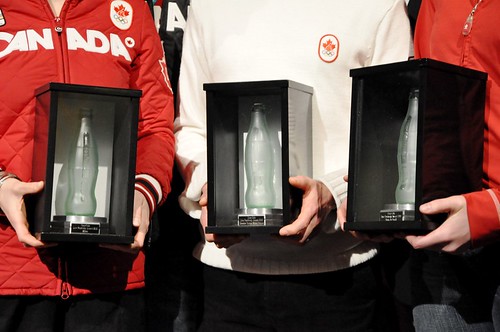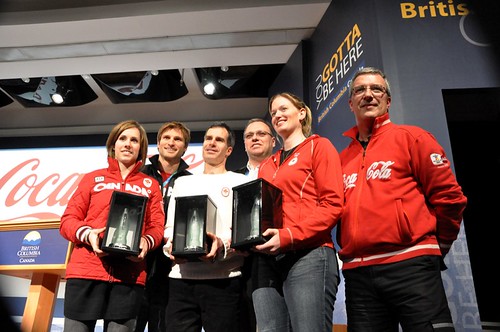This August, Singapore will host the first ever Youth Olympic Games. Overall, there will be over 3500 athletes competing in 201 events, divided by age groups 15 to 16, 16 to 17 and 17 to 18. Over all there will be 26 sports represented.
Qualifying for the Youth Olympic Games requires at least the top four youths from each National Olympic Committee to qualify and go on to the Youth Olympic Games. Over all, all 205 National Olympic Committees are participating with mixed gender results and bringing the chance for attending the Youth Olympics to many members of the younger generation. Qualification events include competitions like the Junior World Championships, Continental Championships or any other official junior ranking lists.
Sporting events to be represented at the Singapore 2010 Youth Olympic Games:
Aquatics: There will be two events for both Youth Men and Youth Women, leaping from a 3m springboard or a 10m platform. For Swimming, events include Freestyle, Breaststroke, Backstroke, Butterfly and Medley, testing the speed and endurance of participants in Individual and Team competitions.
Archery: There are individual Junior Men, Junior Women and Mixed Team competitions. The distance that athletes will be shooting is 70m. The Olympic Round starts with a ranking match, followed by the individual and team elimination format.
[media-credit name=”Photo by Robert Scales” align=”alignnone” width=”500″]
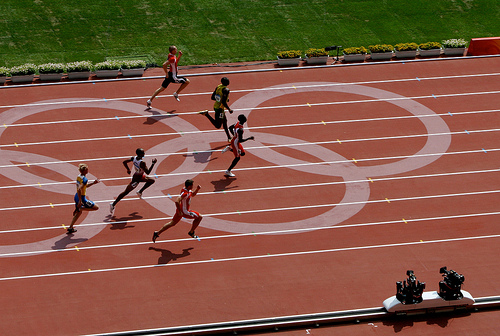
[/media-credit]
Athletics: Athletics, or Track and Field, is about running faster, jumping higher, throwing further than competitors and enduring long distances. For the Singapore 2010 Youth Olympic Games, Athletics comprises a total 36 track and field events for both Boys and Girls.
Badminton: Shuttlers will only compete in the Singles event. The objective of the game is to score points by hitting the shuttlecock over the net into the opponent’s half of the court, so that it hits the ground before the opponent is able to return it.
Basketball: There will be two teams made up of three players each on court at any one time. This adrenaline-packed game is played on a half court, with one basketball hoop. It includes three intensive periods of five minutes each. The team to first score 33 points or is leading the game after the regular game time is the winner.
Boxing: Each bout is made up of four rounds; each round lasts two minutes, with a one minute rest period between the rounds. The winner of a bout is decided by a win on points by five judges or the referee.
Canoe-Kayak: n the Canoe Sprint event, the athletes paddle on a circuit, and compete against each other over a 420m course. For Canoe Slalom, the athletes compete on a calm water surface and not on a natural river or artificial slalom course.
Cycling: Each team consists of three Junior Men and one Junior Woman, with the three Junior Men required to compete in one discipline each (BMX, Mountain Bike and Time Trial) while the Junior Woman has to compete in all three disciplines. All male riders also have to compete in the Road Race.
Equestrian: There will only be the Jumping event (Team and Individual) and the horses will be provided by the organising committee. For the Team event, there will be six teams representing each continent – Africa, Asia, Australasia Europe, North America and South America. Penalties are given to teams in cases such as riders knocking down fences or when horses refuse to jump. The team with the lowest demerit points wins.
[media-credit name=”Photo by Robert Scales” align=”alignnone” width=”500″]
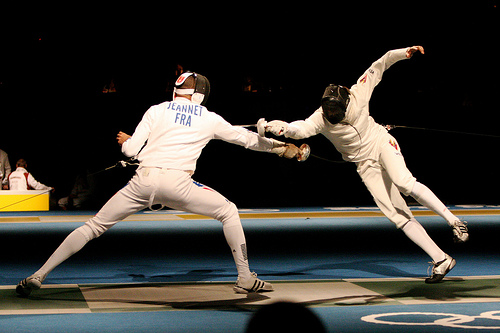
[/media-credit]
Fencing: Fencing is a traditional sport developed based on ancient sword fighting, involving two competitors contesting bouts using light weapons: épée, foil or sabre. There will be Individual and Mixed Team competitions during the Singapore 2010 Youth Olympic Games.
Football: Playing time is made up of two periods of 40 minutes with a half-time break of 15 minutes. At the final whistle, the team which scores more goals is the winner.
Gymnastics: Judging for Artistic Gymnastics is based on the level of difficulty and actual execution of the moves, while Rhythmic Gymnastics has an additional criterion on artistry.
Handball: A game consists of two 30-minute halves with a 10-minute half-time break. Amid intense physical contact, players pass, throw, roll, catch and dribble the ball with their hands while trying to score goals. The level of difficulty is heightened with the inclusion of restricted goal areas beyond which the players must attempt to score from, on top of the last line of defence put up by the goalkeeper. At the final whistle, the team which has scored more goals than the opponent is the winner.
Hockey: At the completion of each match during pool play, three points will be awarded to the winner; one point will be awarded to each team in the event of a draw; zero points are awarded to the loser. To determine the final standings after the end of one pool competition, teams will play the final competition in the form of single elimination.
Judo: Judo involves two individuals who, by gripping the Judo uniform or Judogi, use the forces of balance, power and movement to throw the opponent over. There is no kicking, punching or weapons involved. There are a total of eight weight categories for both Boys and Girls at the Singapore 2010 Youth Olympic Games.
Modern Pentathalon: The Modern Pentathlon for the Singapore 2010 Youth Olympic Games (Singapore 2010) consists of four of the five Modern Pentathlon disciplines: fencing, swimming, running and shooting. The fifth discipline, riding, will not be competed at Singapore 2010. Pentathletes achieve points in each discipline according to their performance.
[media-credit name=”Photo by Jeffrey Fairbank: http://jdfairbankphotography.com/” align=”alignnone” width=”500″]
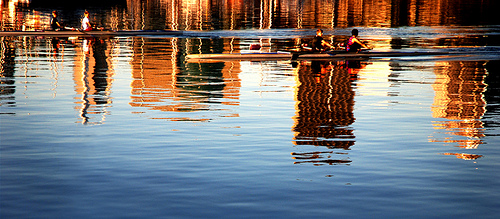
[/media-credit]
Rowing: For the regatta, crews or individuals race each other on the same course for positions, which then determine their progression to the final. The winning boat is declared when its bow ball, attached to the tip of the boat, crosses the finish line first.
Sailing: The Sailing competition at the Singapore 2010 Youth Olympic Games comprises four medal events with Boys and Girls sailing in either the Byte CII boat (one person dinghy) or Techno 293 (windsurfing).
Shooting: A total of four events, the Men and Women Air Rifle and Air Pistol will be competed in for the Singapore 2010 Youth Olympic Games. Shots are fired at a ten-ring target. The higher score is awarded when a shot touches the line between two zones. The shooter with the highest total score based on the addition of the qualification and finals score is the winner.
Table Tennis: In Table Tennis, a game is won by the player or pair who first scores 11 points. Should both sides score 10 points, the game shall be won by the first player or pair that subsequently gains a lead of 2 points. A player wins the match when he or she wins the number of games (three out of five or four out of seven).
Taekwondo: A martial art sport, involves the use of both hands and legs to overcome an opponent. The trademark of the sport is its combination of kick movements. Athletes will be competing in five weight categories per gender during the Singapore 2010 Youth Olympic Games.
Tennis: A Tennis match is a game of endurance, quick-wittedness and precise execution. For the Singles competitions, all matches will be determined through the best of three tie-break sets. For the Doubles competitions, all matches will be determined by two tie-break sets and a match tie-break game (10 points) in place of a third set.
Triathlon: The Triathlon competition format for individual competitions includes a 750m swim in open water, a 20km cycle ride (three-lap course), and a 5km run (two-lap course). The 4 x Mixed Team Relay competition includes a 250m swim in open water, a 7km cycle ride (one-lap course), and a 1.7km run (one-lap course). The competitors’ official time includes the transition time between the individual legs of the race. The winner is the first athlete to complete the entire course.
Volleyball: Volleyball games are played to 25 points. The first team to score 25 points (and be two points ahead) will be awarded the set. Matches are determined through the best of five sets and the fifth set (if necessary) is usually played to 15 points.
Weight Lifting: The Men will compete in six bodyweight categories, while the Women will compete in five bodyweight categories. The combined results of the Snatch and the Clean & Jerk will produce the champion of each bodyweight category.
Wrestling: Wrestlers will be competing in the three Olympic wrestling styles during the Singapore 2010 Youth Olympic Games: Greco-Roman, Men’s Freestyle and Women’s Freestyle. In Greco-Roman wrestling, the wrestler is forbidden to grasp the opponent below the waist, or to use the leg to trip or actively perform any action. In Men’s And Women’s Freestyle wrestling, however, it is permissible to grasp the legs, or to use the leg to trip or actively perform any action.
I’m looking forward to photographing as many of these sporting events as I possibly can with my International Olympic Committee Media Accreditation! Which events would you be interested in seeing images from? Only 68 days to go!!
[media-credit name=”Flickr: Chooyutshing” align=”alignnone” width=”250″]

[/media-credit]
